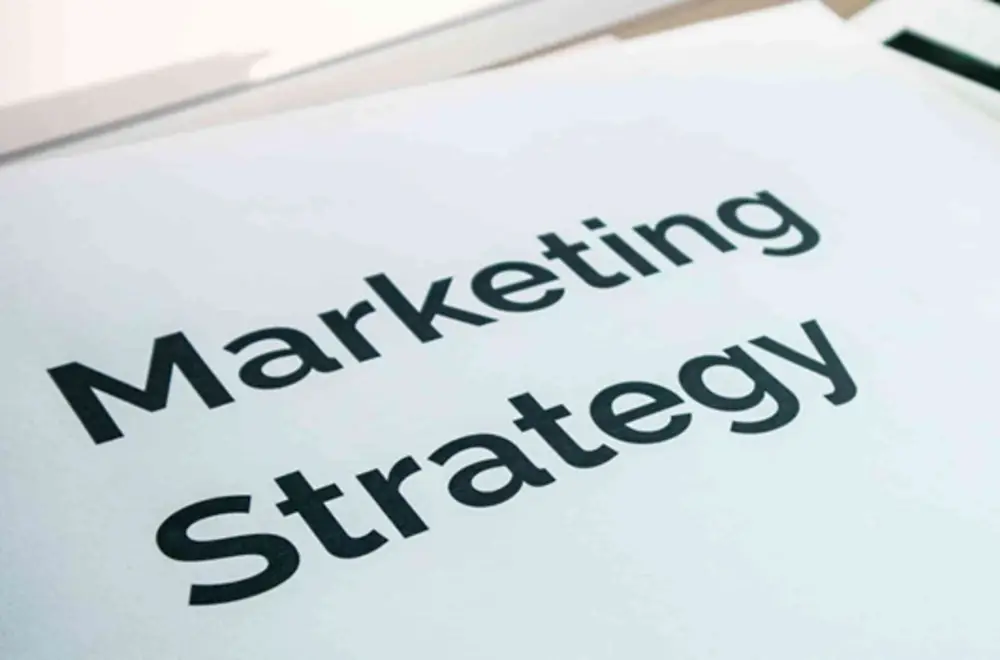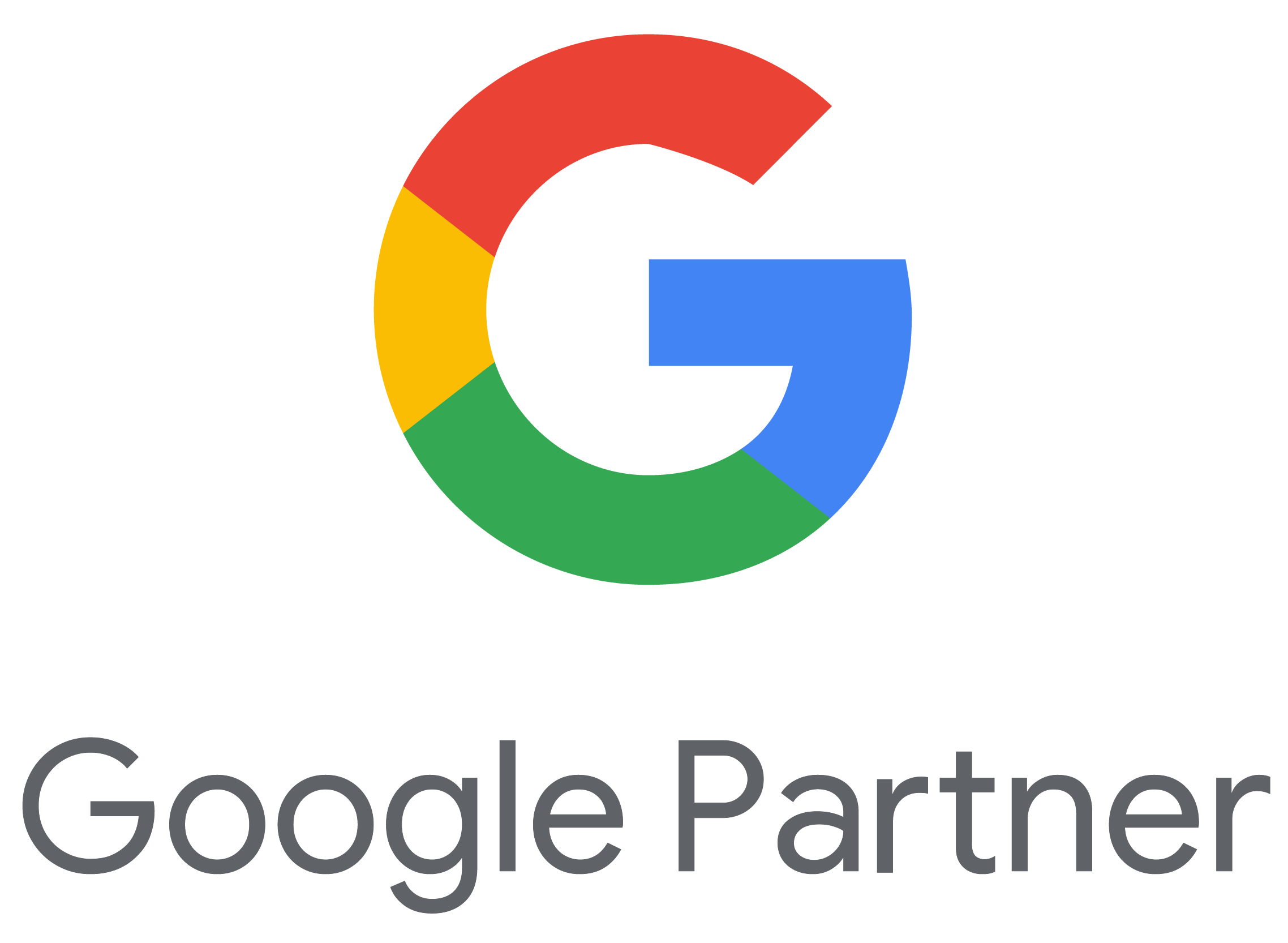Admissions Marketing Strategies: How Digital Campaigns Drive College Enrollment

In today’s competitive higher education landscape, colleges and universities must employ smart admissions marketing strategies to attract and enroll the best-fit students. Digital campaigns have become indispensable tools in this effort, offering precise targeting, measurable results, and scalable outreach that traditional methods simply cannot match.
This article explores how digital marketing drives college enrollment by leveraging tactics like search engine marketing, social media advertising, content marketing, email automation, and virtual engagement. Whether you’re an admissions officer, marketing professional, or university administrator, you’ll discover actionable insights to optimize your admissions campaigns and achieve measurable enrollment growth.
Understanding the Admissions Marketing Landscape
Unique Challenges in Higher Education Marketing
Marketing for college admissions faces distinct challenges that require specialized strategies. Institutions compete not only with local peers but also with national and international universities for a limited pool of prospective students.
Additionally, the audience is diverse—ranging from recent high school graduates to adult learners and international applicants—each with unique preferences and decision timelines. The long and complex admissions cycle means marketers must maintain engagement over months or even years.
Role of Digital Campaigns in Modern Admissions
Digital campaigns have revolutionized how colleges connect with prospective students. Unlike traditional methods, digital marketing offers unparalleled precision in targeting, allowing admissions teams to reach specific demographics and interests through channels like search engines, social media, and email.
These campaigns also provide real-time analytics, enabling continuous optimization to improve conversion rates at every stage of the admissions funnel—from awareness to application submission.
Core Digital Campaign Strategies for Admissions Marketing
Search Engine Marketing (SEM) and Pay-Per-Click (PPC)
Search Engine Marketing (SEM), particularly through Pay-Per-Click (PPC) ads, is a powerful way to capture prospective students actively searching for college options. By targeting high-intent keywords like “Admissions Marketing Strategies” and specific programs or majors, institutions can appear at the top of search results when prospects are ready to take action.
- Example campaign structure:
- Use a mix of branded keywords (e.g., “University X admissions”) and non-branded terms (e.g., “best business programs 2025”)
- Create tightly themed ad groups for higher relevance and quality scores
- Optimize landing pages for quick application starts or information requests
Social Media Advertising and Engagement
Social media platforms offer diverse opportunities to connect with prospective students where they spend most of their time.
- Platform selection:
- Facebook and Instagram for broad outreach and visual storytelling
- TikTok for engaging Gen Z with short, authentic videos
LinkedIn to target graduate and professional program candidates
- Video testimonials from current students and alumni
- Virtual campus tours and day-in-the-life stories
- Interactive polls and Q&A sessions to boost engagement
- Serve ads to users who visited admissions pages but didn’t apply
- Use dynamic ads showing specific programs based on browsing behavior
Setting up a Facebook Lead Ads campaign can streamline lead capture by allowing prospects to submit inquiries directly within the platform without leaving it, increasing conversion rates.
Content Marketing and SEO
Content marketing educates and nurtures prospects, establishing your institution as a trusted authority.
- Types of content:
- In-depth admissions guides and FAQs
- Blog posts on program highlights and career outcomes
- Webinars featuring faculty and alumni insights
- SEO best practices:
- Target admissions-related keywords naturally within content
- Optimize meta titles, descriptions, and headers for better indexing
- Use internal linking to guide readers through related resources
Email Marketing Automation
Email remains a vital channel for direct communication with prospective students.
- Segmentation:
- Separate lists for inquiries, applicants, and admitted students
- Tailored messaging based on interest area and application status
- Automated drip campaigns:
- Welcome series introducing campus resources
- Reminder emails about application deadlines
- Personalized offers like scholarship info or virtual event invites
- Metrics to track:
- Open and click-through rates
- Conversion rates from email to application submission
Video Marketing and Virtual Events
Video content and live virtual events deepen emotional connections and provide authentic insights into campus life.
- Formats:
- Virtual campus tours
- Live Q&A with admissions counselors or faculty
- Recorded student testimonials and success stories
- Platforms:
- YouTube for long-form videos and SEO benefits
- Zoom or Microsoft Teams for interactive webinars and open houses
Leveraging Data and Analytics to Optimize Campaigns
Setting KPIs and Tracking Enrollment Metrics
Measuring the effectiveness of admissions marketing strategies requires clearly defined Key Performance Indicators (KPIs). Typical KPIs include:
- Number of inquiries generated
- Website traffic and engagement on admissions pages
- Click-through rates (CTR) on digital ads
- Conversion rates from inquiry to application submission
- Cost per lead and cost per enrollment
Using tools like Google Analytics, CRM platforms, and advertising dashboards allows marketing teams to monitor these metrics in real-time and align campaigns with enrollment goals.
A/B Testing and Campaign Refinement
Continuous improvement through A/B testing is essential to optimize digital campaigns. Examples of tests include:
- Headlines and ad copy variations
- Call-to-action (CTA) button colors and text
- Landing page layouts and form fields
- Email subject lines and send times
By analyzing which variants perform best, admissions teams can increase engagement and conversion rates significantly over time.
Using Predictive Analytics for Student Targeting
Predictive analytics leverages historical data and machine learning to identify prospective students with the highest likelihood to enroll. Applications include:
- Scoring leads based on demographic, behavioral, and academic factors
- Prioritizing outreach to high-propensity candidates
- Personalizing messaging to improve resonance
Best Practices and Ethical Considerations
Maintaining Transparency and Compliance
Digital admissions marketing must prioritize transparency and adhere to data privacy regulations such as FERPA (Family Educational Rights and Privacy Act). Key practices include:
- Clearly informing prospects about data collection and usage
- Securing consent before sending marketing communications
- Ensuring student data is stored and handled securely
- Complying with institutional and legal guidelines to protect student privacy
Inclusive Marketing Strategies
Effective admissions marketing embraces diversity by creating inclusive campaigns that resonate with all prospective students. Strategies include:
- Developing culturally sensitive messaging that reflects diverse backgrounds
- Producing multilingual content to engage international applicants
- Highlighting scholarships and support programs for underrepresented groups
- Using diverse imagery and testimonials to foster a sense of belonging
Step-by-Step Guide to Launching an Effective Admissions Digital Campaign
Planning Phase
- Define clear goals: Set specific enrollment targets and marketing objectives aligned with institutional priorities.
- Identify target audiences: Segment prospective students by demographics, interests, and application status (e.g., high school seniors, transfer students, international).
- Allocate budget: Determine spend across channels based on past performance and audience preferences.
- Choose digital channels: Select platforms like Google Ads, Facebook, Instagram, email marketing, and content marketing based on where your audience is most active.
Execution Phase
- Develop creative assets: Produce compelling ads, videos, landing pages, and email templates tailored to each audience segment.
- Launch campaigns: Deploy ads and content with tracking pixels and UTM parameters to monitor performance.
- Set up automation: Implement email drip campaigns and lead nurturing workflows to maintain engagement.
Monitoring and Optimization Phase
- Review performance data: Regularly analyze KPIs such as CTR, conversion rates, and cost per application.
- Perform A/B tests: Test different messaging, creatives, and CTAs to find what resonates best.
- Adjust campaigns: Reallocate budget to high-performing channels and pause underperforming ads.
- Engage with prospects: Respond to inquiries quickly and personalize communications where possible.
Post-Campaign Analysis
- Measure ROI: Compare enrollment outcomes against marketing spend to evaluate effectiveness.
- Gather insights: Identify which strategies yielded the best results and lessons learned.
- Report findings: Share comprehensive results with stakeholders to inform future campaigns.
- Plan next steps: Use data-driven insights to refine and scale admissions marketing efforts for upcoming cycles.
Future Trends in Admissions Marketing
Growing Role of AI and Machine Learning
Artificial intelligence is increasingly shaping admissions marketing by enabling personalized outreach at scale. AI-powered tools can analyze vast datasets to predict student behavior, tailor messaging, and automate engagement more effectively than ever before.
Increasing Use of Chatbots and Conversational Marketing
Chatbots provide instant, 24/7 responses to prospective student inquiries, improving user experience and reducing admissions staff workload. Conversational marketing creates interactive, real-time dialogues that nurture leads through the enrollment funnel.
Impact of Mobile-First Strategies
With mobile device usage dominating, admissions campaigns are prioritizing mobile-friendly content and ads. Responsive design, fast-loading pages, and mobile-specific ad formats ensure prospects have seamless experiences on smartphones and tablets.
Emerging Platforms and Formats to Watch
New social media platforms and content formats—such as short-form videos on TikTok and Instagram Reels—offer fresh opportunities to engage younger audiences. Institutions adopting these channels early can gain a competitive edge in reaching Gen Z prospects.
Final Thoughts
Effective admissions marketing strategies in today’s digital landscape are essential for colleges and universities aiming to boost enrollment and connect meaningfully with prospective students. By leveraging targeted digital campaigns—spanning SEM, social media, content marketing, email automation, and virtual engagement—higher education institutions can reach diverse audiences with personalized, data-driven messaging.
Continuous optimization through analytics, A/B testing, and predictive modeling ensures campaigns remain efficient and impactful. Moreover, ethical and inclusive marketing practices build trust and foster lasting relationships with students from all backgrounds.
As digital channels evolve, staying informed about emerging trends like AI, chatbots, and mobile-first strategies will keep your admissions efforts competitive and relevant. For institutions seeking expert support, partnering with the best higher education marketing agency can accelerate results and maximize enrollment growth.
Embrace these tactics to transform your admissions marketing and drive measurable enrollment growth in an increasingly crowded marketplace.
Frequently Asked Questions (FAQs)
The most effective digital admissions marketing strategies include targeted search engine marketing (SEM), engaging social media advertising, informative content marketing optimized for SEO, personalized email automation, and interactive virtual events. Combining these tactics helps institutions reach and nurture prospective students throughout the enrollment funnel.
Data analytics allows admissions teams to track key performance indicators (KPIs) like website traffic, click-through rates, and conversion rates in real-time. By analyzing this data, marketers can optimize campaigns through A/B testing, refine audience targeting, and use predictive analytics to focus outreach on students most likely to enroll, improving overall campaign efficiency.
Inclusive marketing ensures that admissions campaigns resonate with diverse student populations by using culturally sensitive messaging, multilingual content, and highlighting support programs for underrepresented groups. This approach builds trust and expands the applicant pool by making all prospective students feel welcomed and valued.
Emerging technologies such as AI and chatbots enhance admissions marketing by providing personalized, 24/7 communication with prospects. AI helps tailor messaging based on student behavior and preferences, while chatbots offer instant answers to common questions, improving engagement and streamlining the recruitment process.




